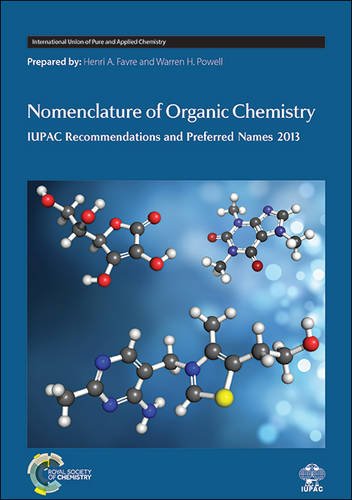

Most ebook files are in PDF format, so you can easily read them using various software such as Foxit Reader or directly on the Google Chrome browser.
Some ebook files are released by publishers in other formats such as .awz, .mobi, .epub, .fb2, etc. You may need to install specific software to read these formats on mobile/PC, such as Calibre.
Please read the tutorial at this link: https://ebookbell.com/faq
We offer FREE conversion to the popular formats you request; however, this may take some time. Therefore, right after payment, please email us, and we will try to provide the service as quickly as possible.
For some exceptional file formats or broken links (if any), please refrain from opening any disputes. Instead, email us first, and we will try to assist within a maximum of 6 hours.
EbookBell Team

5.0
98 reviewsChemical nomenclature is used to identify a chemical species by means of written or spoken words and enables a common language for communication amongst chemists. Nomenclature for chemical compounds additionally contains an explicit or implied relationship to the structure of the compound, in order that the reader or listener can deduce the structure from the name. This purpose requires a system of principles and rules, the application of which gives rise to a systematic nomenclature. Of course, a wide range of traditional names, semisystematic or trivial, are also in use for a core group of common compounds. Detailing the latest rules and international practice, this new volume can be considered a guide to the essential organic chemical nomenclature, commonly described as the Blue Book”. An invaluable source of information for organic chemists everywhere and the definitive guide for scientists working in academia or industry, for scientific publishers of books, journals and databases, and for organisations requiring internationally approved nomenclature in a legal or regulatory environment.